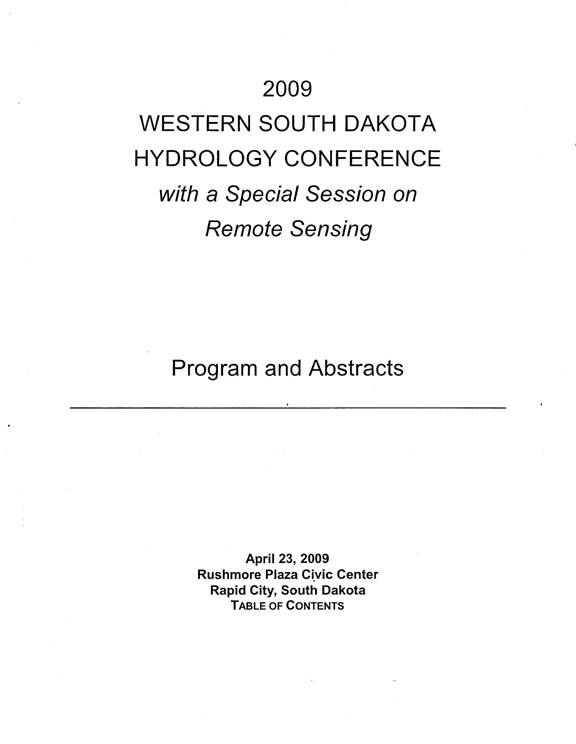To: Natural Resource Committee, Public Lands and Forests subcommittee members
Submitted by:
Nancy Freeman, Executive Director
Groundwater Awareness League
P.O. Box 934
Green Valley, AZ 85622
520-207-6506
Date: July 7, 2008
Subject: S.315There are several serious considerations why the land exchange proposed in S.3157 is not a good idea for the public or the Native Americans in the region.
1) U.S. mining companies always go through the National Environment Policy Assessment (NEPA) to be able to mine on public lands. Why should Resolution with the legacy of its parent corporations’ horrific environmental records be an exception? They want the land to become private—with no justification at all.
2) The nearby Apache Leap, a site of history of Native American heroes, should be protected and not be disturbed. The site should be made a national monument.
3) Oak Flat campground was set aside for protection by President Eisenhower in 1955. With the population growth and need for urban recreation, there is no reason to change that status—which is still in force.
4) Tailings Disposal: There is no place to put the waste tailings without spoiling the landscape for several miles, which will amount to a pile equivalent to a 20 story-building spread over 2,389 acres.
5) Cavity size: The underground cavity is estimated to be a mile in diameter and 3,000 plus feet high. Is there an insurance company that will provide insurance there will be no collapses or air blasts?
6) Resolution Copper projects a use of 40,000 acre feet = 13 billion gallons of water per year. The Superior area does not have this amount of groundwater; the old small-scale mining company was piping water from 15 miles away by Florence. They can contract for up to 36,000 af per year of CAP excess water – WHEN and IF it is available.
7) The proposed mine site is in an incredibly beautiful areas of Arizona, with oaks, riparian areas and a stream that provides a home of hundreds of sycamores. It is claimed that the private lands for exchange have endangered species. However, I have inquired of the Nature Conservancy and Senator Kyl for a list of the endangered species on the exchange lands. I have not received a reply from either party.
For a comprehensive analysis of the situation, see
http://www.mining-law-reform.info/Congressional Report.htm, which was submitted to the Energy and Natural Resource Committee and Public Lands and Forests subcommittee clerks for public records on July 7, 2008.
Why am I concerned? I live in mining territory and know what it does to the territory. I have spent over 1,000 hours collecting data and attending hearings, so that a local copper mine will stop its pollution to the water that is delivered in my own home. A picture is worth a thousand words. A bird’s eye view is available on Google Earth maps.

Google Earth of Mining Operations in Green Valley, Arizona
Elaboration on points 1 and 2:
1) Necessity of NEPA process: For some 25 years, U.S. companies have been mining on public lands with public process and environmental oversight. Records show that even with the NEPA process, there are serious contamination to groundwater, soil and air. (www.mining-law-reform.info/EIS REPORT.pdf) Why should Resolution Copper, a subsidiary of Rio Tinto, whose Kennecott operations have created the biggest groundwater toxic plume in the U.S. at Salt Lake region of Utah, be granted the ability to mine without public process and oversight? This week a report came out that a Rio Tinto/Kennecott operation in Nevada is accused of inaccurate mercury reporting: www.kiplinger.com/print.php?storyid=479706
In 1997, a massive blowout of the sulfuric acid leach pads into Pinto Creek’s adjacent riparian watershed occurred at the BHP copper mine just a few miles east of Resolution Copper’s proposed mining site. Pinto Creek empties into the Roosevelt Lake, which provides a potable drinking water supply. See photo below:

Tailing Impoundment break at Pinto Creek, Arizona
Further, since this area is owned the other parent companies, BHP, Resolution Copper officials have proposed that they pipe the tailings waste up to this region, which is already a WQARF (Water Quality Assurance Revolving Fund) site.
For further information, see www.g-a-l.info/Remedial Action.htm
2) Tailings Disposal
There is no place to put the waste tailings without spoiling the landscape for several miles. Augusta projects that they will be processing 110,000 tons of ore per day. Since the ore only has less than 3% copper and moly combined, the daily dump will be some 100,000 tons of waste. When put in a pile 200 ft. high (20-story building), it will require 2,389 acres for disposal over the life of the mine. The tailings impoundment in my home town of Green Valley covers 3,600 acres and grows higher by 8 to 10 feet per year. See below:

3,600 acre tailing impoundment at Sierrita mine, Green Valley AZ

Another view of Sierrita impoundment

Dust blowing off of Asarco Mission impoundment near Tucson, AZ

Arial view of an impoundment and operations

Impoundment in Morenci, AZ
This impoundment (shown in background) was cited and fined by the U.S. Justice Dept. in 2005 after dozens of migratory birds died from drinking acidic water.